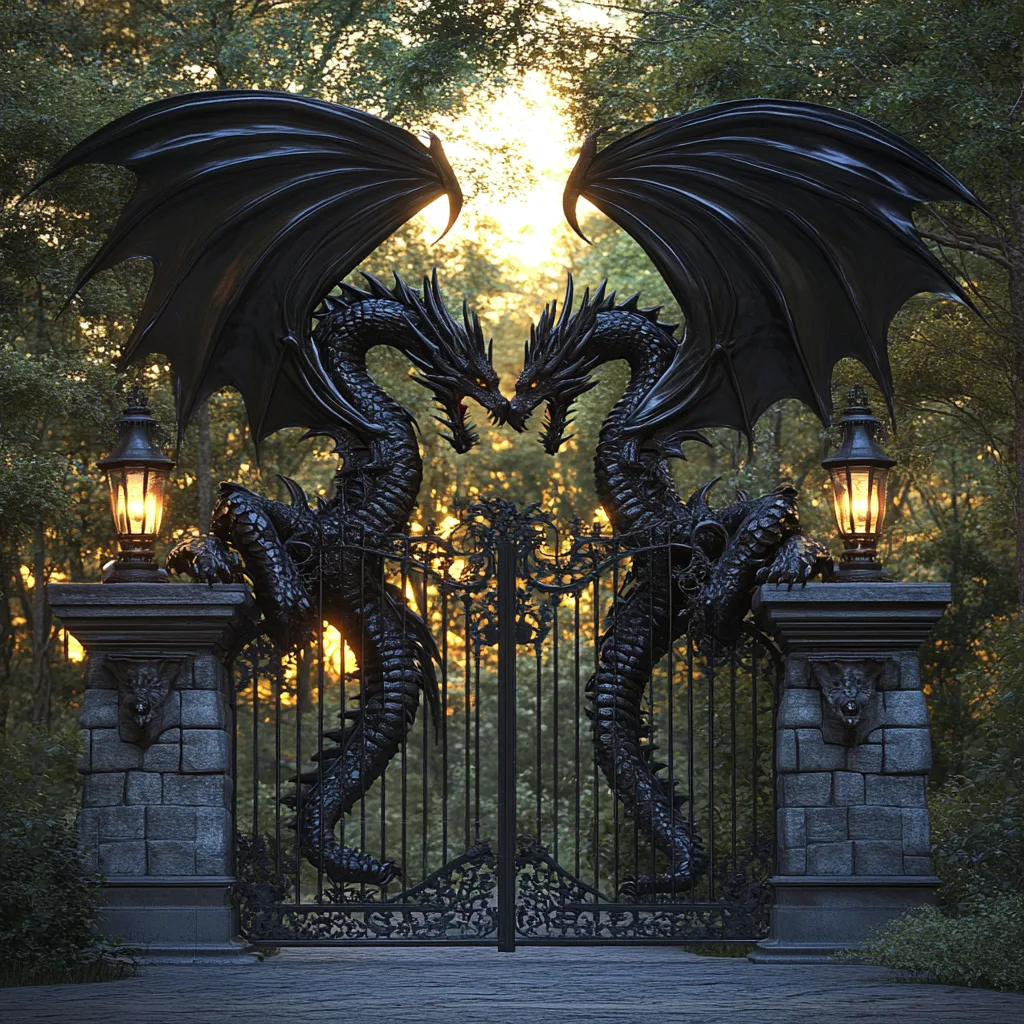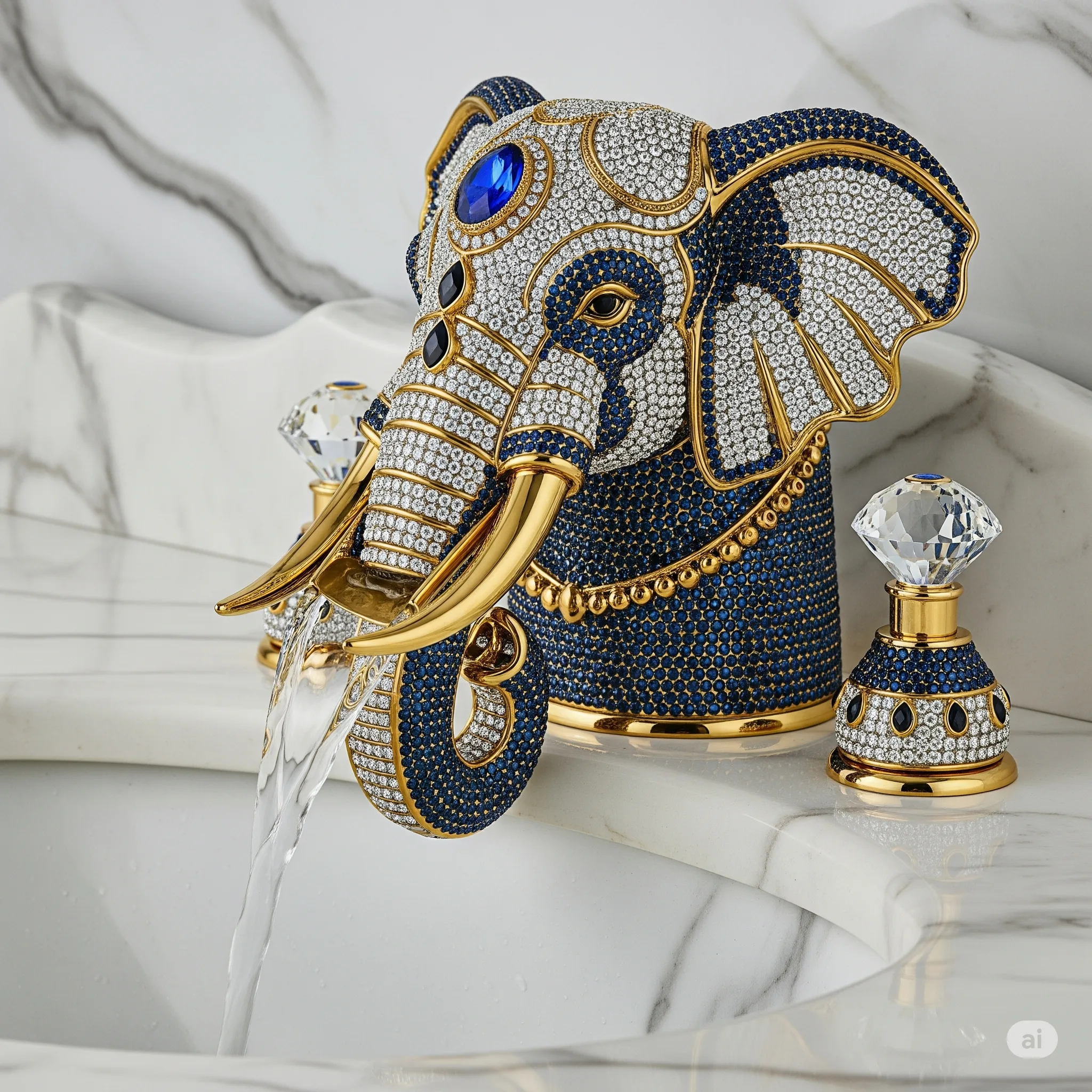The Meaning Behind Dragon Gate
The term Dragon Gate evokes imagery of majestic thresholds, ancient legends, and personal transformation. It is not merely a physical gate or decorative structure—it carries symbolic weight tied to ambition, resilience, and metamorphosis. Rooted in East Asian cultural traditions, the Dragon Gate represents a powerful metaphor for overcoming adversity and achieving greatness.
Historically referenced in mythology, architecture, and philosophy, the Dragon Gate has inspired generations to aim higher and push beyond their perceived limitations. In both literal and symbolic forms, it has become a recognizable emblem of personal development, perseverance, and success.
This article explores the origins of the Dragon Gate, its meanings in traditional and modern contexts, and how it continues to influence art, culture, and self-development in today’s world.

The Legacy and Symbolism of the Dragon Gate
The Origin of the Dragon Gate Legend
The Legendary Carp’s Upstream Journey
The most well-known story involving the Dragon Gate is the ancient legend of a carp swimming upstream. This carp encounters powerful rapids and turbulent waters, but it continues to push forward with determination. According to the story, those that are able to leap over a tall waterfall—known as the Dragon Gate—undergo a transformation and become mighty dragons.
This transformation is deeply symbolic:
- It reflects the power of persistence in the face of challenges.
- It symbolizes growth, maturity, and the achievement of one’s goals.
- It is often used to represent major transitions in life, such as passing an exam, winning a competition, or overcoming personal hardship.
This legend remains popular in modern society, especially in cultures where academic or personal achievement is highly valued. The idea that success comes only through effort and dedication is universally resonant.
The Dragon Gate as a Cultural Symbol
Historic Landmarks Inspired by the Legend
Throughout East Asia, there are actual physical locations named after the Dragon Gate legend. These sites are not just tourist attractions—they are reflections of cultural values and serve as reminders of the lessons behind the story.
One of the most famous real-world representations is a series of stone grottoes and cliffs carved with statues and inscriptions. In such places, ancient artisans and spiritual leaders used the story of the carp to teach moral lessons and inspire followers. These settings often include flowing water and rocky ascents to echo the carp’s struggle and transformation.
The Dragon Gate in Education and Personal Growth
In traditional academic contexts, the Dragon Gate is often used as a metaphor for educational advancement. It is common for students to be told they must “leap over the Dragon Gate” in order to pass rigorous exams and earn recognition.
This symbolic gate has also been adopted into motivational language for professional and personal growth. People who manage to rise through adversity or reach elite levels in their field are said to have passed through their own Dragon Gate.
Whether in ancient temples or modern classrooms, the gate remains a timeless symbol of excellence earned through effort.

The Dragon Gate in Architecture and Landscape Design
Traditional Gateways in Gardens and Temples
In landscape architecture, the Dragon Gate often takes the form of ornamental structures within gardens, courtyards, and temple grounds. These may include:
- Archways crafted from wood or stone
- Sculpted bridges positioned over ponds or streams
- Stylized waterfall installations that mimic the challenges of the carp’s journey
These elements serve both aesthetic and philosophical purposes. They encourage reflection on one’s path in life and remind visitors of the power of steady determination.
Water Features and Symbolic Layouts
In classical garden design, water is a key element representing change, renewal, and purity. When integrated into Dragon Gate-inspired features, water becomes symbolic of the force against which the carp must struggle.
Some koi ponds are designed with stepping stones or small rapids to echo this challenge. In these designs, viewers are meant to imagine the journey of the fish pushing upstream—an allegory for spiritual or intellectual ascent.
These installations bring the story of the Dragon Gate into the physical world, allowing visitors to experience the metaphor in a sensory and visual way.
Modern Architectural Expressions
Contemporary architects have reimagined the Dragon Gate concept in a wide variety of ways. Today, buildings, parks, and cultural centers may include structures that symbolize passage, ambition, and transformation.
Some modern examples include:
- Sculptures of fish and dragons near water features or entrances
- Tall archways placed at the beginning of educational or business institutions
- Large, symbolic gates in urban plazas or gardens
These interpretations may not always resemble traditional gates, but their symbolic intent remains intact. They continue to represent key transitions, progress, and the reward for persistence.

Spiritual and Philosophical Interpretations
The Dragon Gate and the Inner Journey
Beyond architecture and legends, the Dragon Gate is also a metaphor for the internal struggle of the human spirit. The story of the carp and the waterfall is often used as a symbol of:
- Self-discovery
- Inner strength
- Spiritual evolution
In spiritual teachings, the gate represents the threshold between a lower and higher self. Just as the carp transforms into a dragon, so too can a person transcend their limitations through conscious effort and belief in their potential.
This internal gate is not visible but must be crossed within the mind and heart. The carp’s struggle becomes a metaphor for confronting fear, self-doubt, and hardship in the pursuit of personal truth.
Applications in Daily Life and Motivation
The symbolism of the Dragon Gate can be found in everyday conversations and motivational content. People are encouraged to face their “Dragon Gate moments”—times when success seems just out of reach but could be achieved with one last push.
Some common contexts where this symbolism is applied include:
- Preparing for a major test or job interview
- Starting a business or launching a creative project
- Recovering from failure or personal loss
- Committing to long-term personal improvement
The idea is that the gate only appears after a long journey, and only those who push beyond their limits are able to cross it and become their best selves.
The Dragon Gate in Art and Media
Traditional and Modern Artwork
Artists across centuries have found inspiration in the legend of the Dragon Gate. Whether through painting, sculpture, or digital media, the story has been visually rendered in powerful ways.
Common themes include:
- A carp mid-leap over crashing waves
- A dragon emerging from a waterfall
- A sequence showing transformation from fish to dragon
These artworks are often displayed in homes, schools, or temples to inspire viewers with the values of courage and perseverance.
Presence in Pop Culture and Branding
The concept of the Dragon Gate has found a place in modern entertainment and commerce as well. It appears in:
- Martial arts movies and television series as a metaphor for mastering skills
- Role-playing games as a quest location symbolizing advancement or transformation
- Corporate logos and product branding to evoke strength and upward progress
The lasting appeal of the Dragon Gate in popular culture reflects how deeply the symbol resonates with human aspirations. It stands for rising above, breaking limits, and reaching greatness.

Embracing the Journey Through the Dragon Gate
The Dragon Gate is more than a legend, a monument, or a decorative structure. It is a living idea—a powerful metaphor for the challenges we face and the triumphs that await us beyond them. It teaches that the path to greatness is not smooth or easy, but it is available to those who persevere.
Across cultures and centuries, from temple gardens to skyscraper entrances, the image of the carp transforming into a dragon continues to inspire people to believe in the possibility of change. It reminds us that with focus, courage, and commitment, we too can rise above the turbulent waters of life and reach our own Dragon Gate.
In every field—education, career, relationships, personal growth—the gate is there, waiting. The question is not whether it exists, but whether we have the will to leap.







